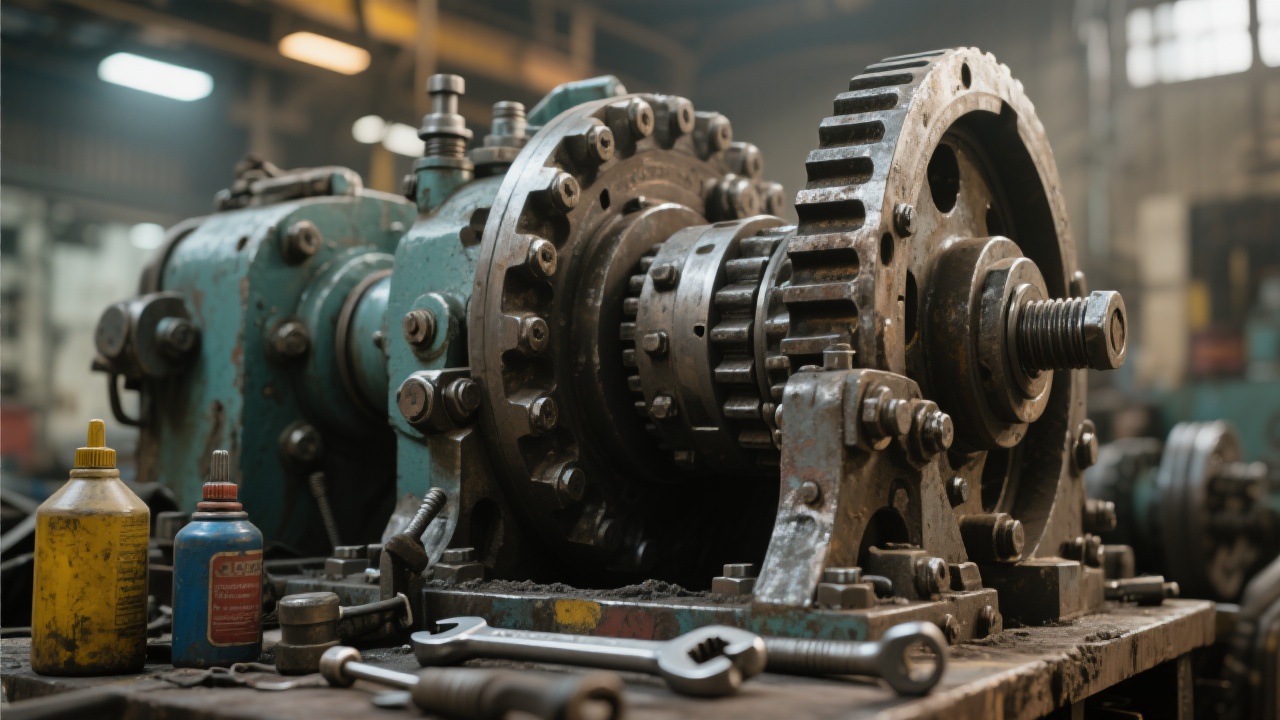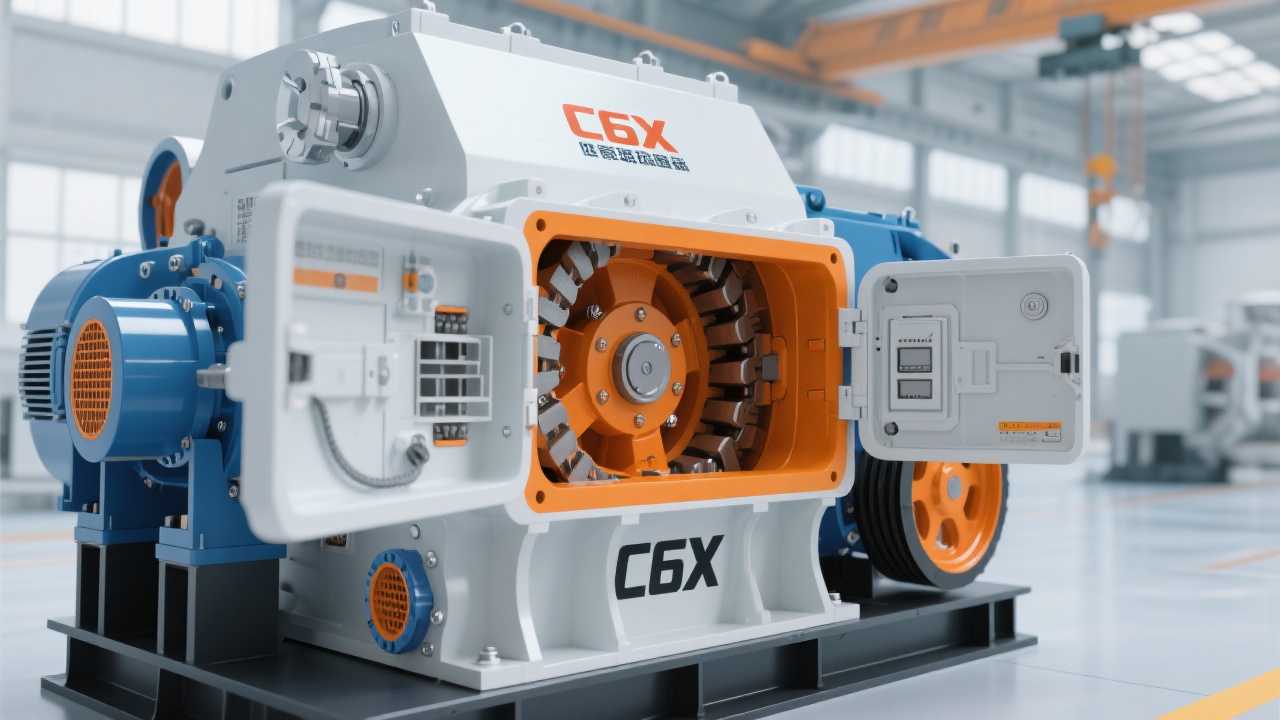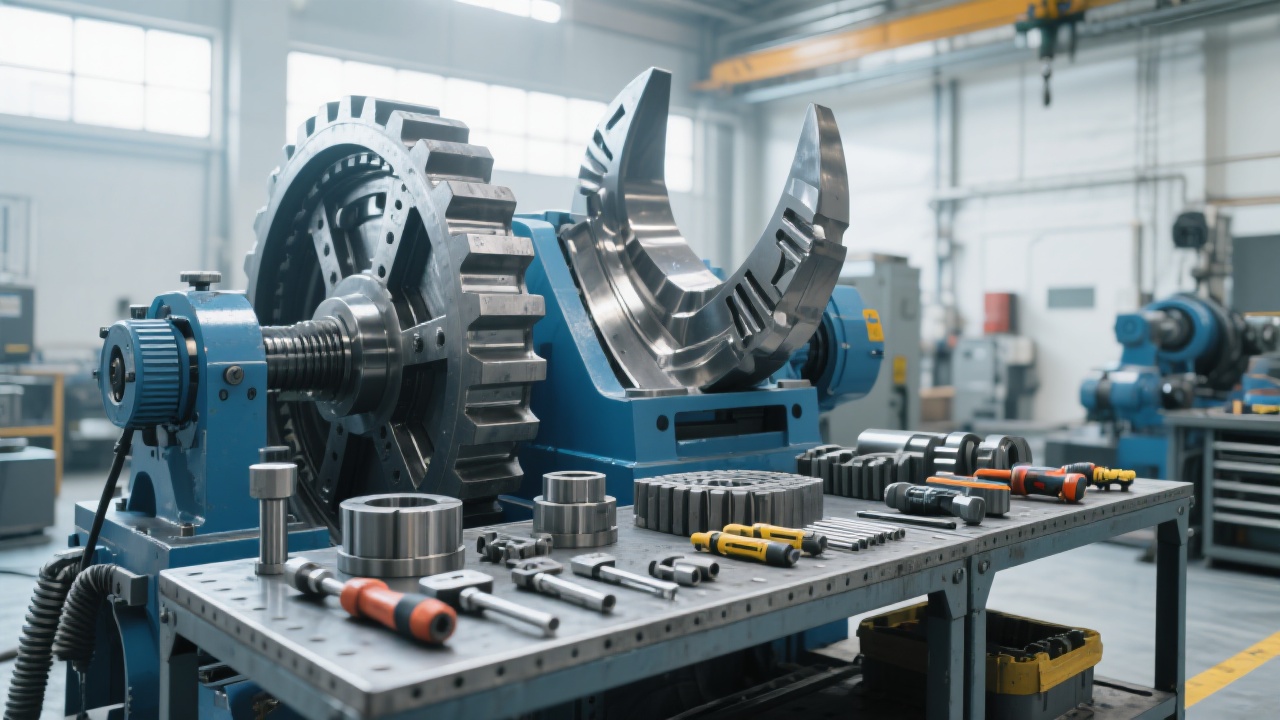
When working in the mining and construction sectors, one challenge consistently surfaces: how to maximize jaw crusher efficiency while minimizing energy consumption and wear. You might have noticed your jaw crusher either overcrushing material or struggling with throughput, leading to costly downtime or excessive maintenance. The root often lies in the crushing chamber’s design — specifically, the geometry tailored to the ore’s hardness and particle size distribution.
Contrary to prevailing assumptions, not all 'V'-shaped crushing cavities perform equally. The subtle interplay between cavity angle, depth, and the ore’s physical properties defines the force distribution and flow paths within the crusher. Getting this right can reduce overcrushing by up to 15% and increase production capacity by as much as 20%, as demonstrated in projects ranging from metal ore processing to urban construction waste recycling.
The geometry of the jaw crusher cavity influences how material is retained and stressed during the crushing cycle. A narrower cavity angle enhances compression force but risks material blockage, especially with varying hardness ores. Deeper cavities allow higher throughput but can lead to uneven wear patterns. For instance, soft rocks such as limestone typically benefit from a more acute cavity angle of roughly 18–20°, aiding efficient granulation without excessive fines. In contrast, harder ore types like granite require a slightly wider cavity (around 22–24°) to avoid jamming and promote smooth discharge.
The flow path inside the chamber dictates how particles move and how impact energy is absorbed. Uneven flow contributes to localized wear and inconsistent product sizes, which amplifies operational costs. Therefore, adjusting jaw plate profiles and cavity dimensions according to the particle size distribution ensures material travels optimally, reducing idling and energy loss.
Let’s break it down based on ore hardness classification:
| Ore Hardness | Recommended Cavity Angle | Grain Size Handling |
|---|---|---|
| Soft Rock (Mohs 3-4) | 18° - 20° | Fine to medium grains (≤ 150 mm) |
| Medium Hardness (Mohs 5-6) | 20° - 22° | Medium grains (up to 200 mm) |
| Hard Rock (Mohs 7+) | 22° - 24° | Coarser particles (up to 250 mm) |
For example, in urban demolition waste recycling, where heterogeneity is high, operators benefit from adjustable cavity designs to control material bounce and reduce wear costs. Meanwhile, metallurgy-focused operations processing metallic ores often need a focus on cavity depth to maintain steady throughput without sacrificing longevity of wear parts.

Operating jaw crushers with non-optimized chambers often leads to issues such as poor discharge, motor overload, and abnormal wear, which translate directly to operational delays and costs. Here are core symptoms and their likely cavity-related causes:
Adjusting cavity parameters following the outlined guidelines often resolves these issues. Preventive maintenance strategies include periodic cavity inspections and employing high-quality wear-resistant materials designed for specific ore characteristics.

Practical deployments of the Zhengzhou Minle PEW jaw crusher demonstrate how tailored crushing chamber design transforms project outcomes. In a railway ballast project in Eastern Europe, the crusher configured with a 22° cavity angle for medium-hard granite delivered a 17% increase in hourly throughput, while reducing energy consumption by 12%. Similarly, in urban construction waste recycling in Southeast Asia, operators found a 10% drop in overcrushing due to cavity design modifications, prolonging wear part lifespans by 30%.
These successes prove that investing in cavity optimization is not merely a technical choice, but a strategic business decision supporting sustainability and profitability.

The key takeaway is simple yet often overlooked: optimizing the crushing cavity tailored for your specific ore hardness and size distribution leads to measurable gains not only in throughput but also in energy efficiency and wear reduction. This translates to fewer maintenance interruptions and lower lifecycle costs.
Moreover, reducing overcrushing lessens the generation of fine particles, which diminishes environmental impact through lower dust emissions and less waste. For project managers concerned with regulatory compliance and sustainability metrics, cavity configuration optimization is a tangible lever.
Choosing Zhengzhou Minle PEW jaw crusher means every kilowatt-hour consumed drives higher output — truly making your energy pay off.
Discover How Zhengzhou Minle PEW Jaw Crushers Can Maximize Your Output



.jpg?x-oss-process=image/resize,h_800,m_lfit/format,webp)

.jpg?x-oss-process=image/resize,h_800,m_lfit/format,webp)



